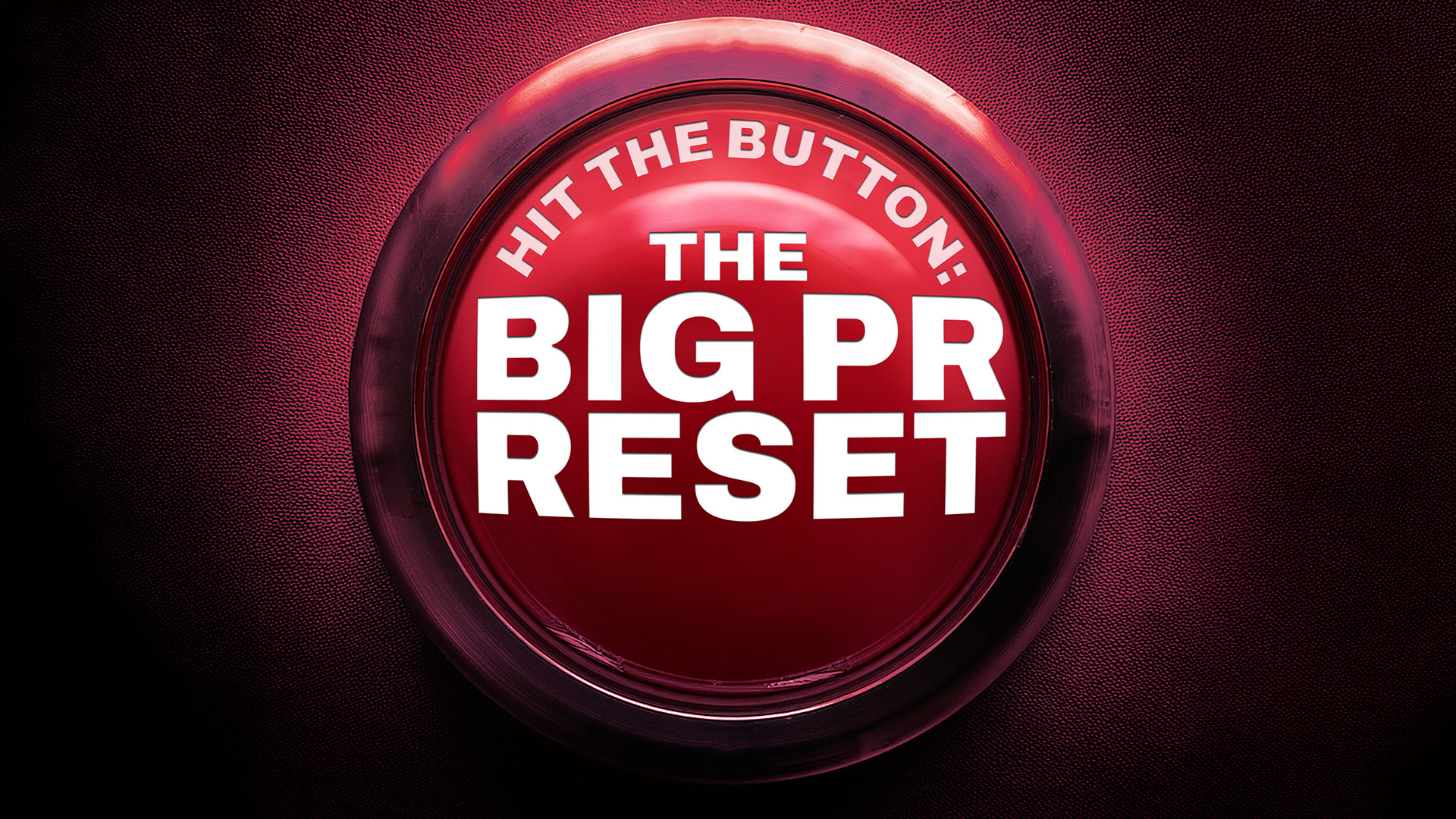As we come to the end of the year, it feels like the right moment to look ahead at what 2026 might bring for B2B tech and PR. As you might expect, AI does make a few appearances in this year’s predictions, but it’s far from the whole story. We asked a few of our team members to share the trends they think will matter most – and if you fancy seeing how last year’s forecasts held up, you can take a look at them here.
Trend one: Businesses can no longer afford to ignore AI search
Hannah Buckley, Head of Content and Service Development
“2025 has been the year when more and more B2B companies have begun to take notice of AI-driven search,” says Hannah.
“2026 will be the year when they begin to take it seriously.”
Large Language Models (LLMs), such as ChatGPT, are fundamentally designed for content generation, not information retrieval. However, more and more people are using them for recommendations and to answer everyday questions, sometimes bypassing traditional search engines altogether.
ChatGPT traffic is up 4.9% month-on-month, while Google’s fell 2.8% marking a sustained shift in user discovery habits. Even with a modest 0.24% traffic share, the growth rate signals behavioural change: more people are beginning their searches in AI platforms, especially in content-heavy industries like finance, news and tech.
“AI search isn’t going anywhere, if anything it’s just going to get more and more powerful in the coming years so now’s the opportunity for B2B companies to capitalise on it, waiting another year could be a costly mistake,” says Hannah.
“Businesses can’t afford to ignore the AI-search opportunity, it has completely changed how people access information, both personally and professionally, and failing to embrace this change in search behaviour will mean their competitors will begin appearing in their place.”
The shift won’t kill traditional SEO, but it will fragment it. Audiences are redistributing across Google, Bing and AI assistants like ChatGPT and Perplexity – meaning brands must adapt their PR and content to be found across all of them.
LLMs prioritise rich, expert-led sources, making earned media and owned thought leadership essential inputs for AI discoverability. Every credible article or citation now doubles as training data for tomorrow’s AI search.
Finally, Hannah says: “Businesses that fail to factor this into their plans will begin to lose out as decision-makers increasingly turn to ChatGPT, AI Overviews and other LLMs to do the bulk of the due diligence for them.”
Trend two: Visible leaders will drive LLM visibility
Sophie King, Associate Director
As AI search reshapes how information is found and trusted, it’s not just brand content that will matter – but who’s behind it. LLMs will increasingly summarise and surface expert voices, and as a result (and not without irony), credibility will need to be demonstrably human again. The names and profiles of founders, CEOs and senior leaders are now key inputs in how both people and algorithms decide who to believe.
“As LLMs become core to research and product discovery, brands need identifiable human voices to build trust and visibility,” says Sophie.
“This is placing even more importance on executive profiling, positioning founders and senior leaders as credible authorities. Executives are no longer just spokespeople; they’re part of a brand’s discoverability infrastructure across platforms like ChatGPT and Gemini.”
To influence both buyers and LLMs, B2B tech brands need to treat their senior leaders as strategic visibility assets. What does that look like in the real world? It means developing media-ready profiles, giving executives clear thought leadership pillars which support commercial priorities and ensuring they are contributing expert commentary to trusted industry outlets.
Brands with leaders who are regularly quoted, searchable and associated with specific areas of expertise will be more discoverable across AI platforms – and will also be more credible to human audiences.
Trend three: Engagement beyond your feed will fuel LinkedIn growth
Natalia Kaczmarek, Digital Content Manager
In 2026, LinkedIn will really put the ‘engage’ back into engagement. Posting consistently used to be the main driver of profile growth, but as the algorithm shifts away from passive signals such as likes and posting frequency, more weight will sit with those who actively participate. For brands, this means thinking beyond what goes on your own feed and developing a clear approach for how you interact with others.
“Thoughtful comments that go beyond polite nods, and reposts that add a clear point of view, will travel further than a simple ‘like’,” says Natalia.
With organic reach from company pages continuing to decline, growth will come from joining key discussions early, whether that’s with customers, partners or recognised industry voices.
“Brands should treat comments as content in their own right, not as housekeeping, and make them useful enough that others want to respond or reference them,” says Natalia.
Natalia explains that a simple daily routine is the most effective way to build consistent visibility. Start by identifying active threads where your expertise can add something useful or constructively provocative. Contribute there first, then publish your own post once you’ve already shown up in the conversation. This creates momentum and gives your posts a better chance of being seen.
Teams should also monitor the metrics LinkedIn now provides for comments, such as impressions and replies sparked, and link these to the profile visits and new followers driven by comment activity.
Meaningful, authentic interaction runs through all of these trends, so it’s no surprise that low-effort or AI-generated responses will be the first to have their reach limited.
Trend four: PR will become the starting point for your strategy
Hayley Goff, Chief Executive Officer
In 2026, PR will become the starting point for all campaigns – shaping the direction, narrative and creative ideas that everything else builds from.
“It’s no longer just about securing coverage, it’s about setting the tone for everything else,” Hayley says.
“PR defines the positioning, shapes the messaging and helps craft the creative ideas that carry across every channel, from media placements to blogs and digital advertising. It’s the glue that holds a campaign together.”
This shift mirrors a theme we’ve explored throughout our Silo Series: campaigns only work when PR, content, SEO, social and creative all move in the same direction. When those disciplines operate separately, the narrative becomes fragmented. When PR leads the thinking, those silos break down. The insight, message and creative direction are aligned from the outset, giving every channel the same foundation to build on.
Around 70% of B2B buyers now engage with video during their purchasing journey, which is why Hayley expects PR to take on a much larger role in multimedia storytelling. As audiences spend more time with video, animation and interactive content, PR will need to shape narratives that work across these formats too.
Trend five: Authentic video will rise above the noise
Mark Wilson, Creative Director
More than half of B2B marketers report that video generates the highest ROI. At the same time, AI-generated content is filling feeds, and viewers are becoming wary of anything which feels too slick. That combination puts real weight behind honest, human-led video.
Whiteoaks Creative Director Mark Wilson says brands shouldn’t worry too much about imperfect lighting or framing – those details can actually signal authenticity. The real opportunity lies in showing what AI can’t replicate: genuine people, unscripted moments and spontaneous, human-led content.
“This shift will increase the need for businesses to create relevant, authentic and real video content, as people still buy from people,” he says. If you prioritise honest, human-led video, you’ll build more trust and stand out in a sea of synthetic content.
What do you make of our team’s predictions? If you’re a B2B tech brand, how do these trends line up with your view of PR and your goals for 2026? If any of them reflect where you want to go next, we’d be happy to talk about how we can help you put them into action.






